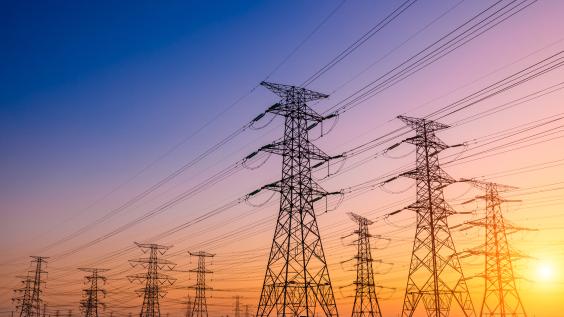Texas CREZ Lines: How Stakeholders Shape Major Energy Infrastructure Projects

Table of Contents
Author(s)
Olivera Jankovska
Former Nonresident FellowJulie A. Cohn
Nonresident ScholarTo access the full paper, download the PDF on the left-hand sidebar.
Executive Summary
Every day, nearly every American switches on a light, plugs in a device, or perhaps turns on a motor, and in some way renews a deeply dependent relationship with electric power. Our reliance on electricity is so complete that any interruption threatens normal domestic and economic activity, and a lengthy or widespread power outage is severely damaging. The move to increase the use of utility scale renewables coincides both with concerns about environmental degradation and climate change, and with improved cost-competitive technologies for solar and wind power. Yet renewables like wind and solar pose technical challenges for reliable access to electricity; a grid operator can include these renewables when they are available, but not when they are not. In grid terms, these renewables are not dispatchable. To mitigate the risk of power disruption on a renewables-rich network, planners need either cost-effective and capacious long-term storage—which is not currently available—or high-capacity transmission networks to link wind and solar with each other, with other types of generating facilities, and with customers. In other words, without a grid there is no utility-scale green.
Abundant wind and solar resources are generally located far from centers of use, and often far from high-capacity transmission lines. With opposition to large-scale energy infrastructure on the rise, transmission service providers find it problematic to build the new power lines essential to a greener grid. The Texas Competitive Renewable Energy Zone (CREZ) initiative, begun in 2005 and completed in 2014, illustrates both the array of difficulties that new power lines face and the policy choices that can facilitate development of this necessary infrastructure.
The Texas Legislature established the CREZ in 2005 in order to promote utility- scale wind development and to ensure adequate transmission to bring the new power into the state’s grid. Over the course of the next nine years:
- ERCOT completed a wind study (2006)
- PUCT delineated CREZ zones (2007)
- PUCT established transmission scenarios (2008)
- PUCT selected Transmission Service Providers (2009)
- PUCT determined transmission routes (2009-2011)
- All CREZ lines complete and in service (2014)
While more costly, larger, and more time consuming than initially anticipated, the CREZ initiative marked significant successes:
- Five zones totaling 32,000 square miles in which wind development was a high priority.
- 3,600 miles of new, high-voltage transmission lines representing 23% of all high-voltage lines added in the United States in the past 12 years.
- A $6.9 billion investment in new transmission, at an average cost of $1.2 million per circuit mile—in line with national averages—and a load-weighted investment of $4.48/MWH—the highest of all NERC regions.
- 23 GW of new wind in Texas, aligned with the investment in CREZ infrastructure.
- Despite load increases, improved air quality in Texas due, in part, to increased wind power as well as a shift from coal to natural gas.
This study highlights several characteristics of CREZ that should be informative for development of new large-scale transmission infrastructure in other regions. The enabling legislation and longstanding policy together addressed three key challenges to building new transmission, which include establishing the need for new transmission, allocating cost, and obtaining permissions from state and federal regulators.
The CREZ law established:
- Clear criteria for identifying competitive renewable energy zones.
- The need for new supporting transmission infrastructure.
The Public Utility Commission of Texas as the final arbiter of the zone and
transmission corridor locations.
In addition, state law and Public Utility Commission policy allowed for:
- Transmission costs shared by all ratepayers in the network.
- Technical expertise to delineate options.
- Multiple opportunities for stakeholder input.
- Transparency in decision-making.
- Guidelines for agency decision-making.
The process revealed that landowners and local governments along transmission routes are critical stakeholders in energy infrastructure projects. While everyone connected to a power network implicitly shared the benefits of new infrastructure, and, in the Texas case, explicitly shared the costs, local concerns (both for and against the project) strongly influenced the geography, cost, and time-to-completion.
This material may be quoted or reproduced without prior permission, provided appropriate credit is given to the author and Rice University’s Baker Institute for Public Policy. The views expressed herein are those of the individual author(s), and do not necessarily represent the views of Rice University’s Baker Institute for Public Policy.


